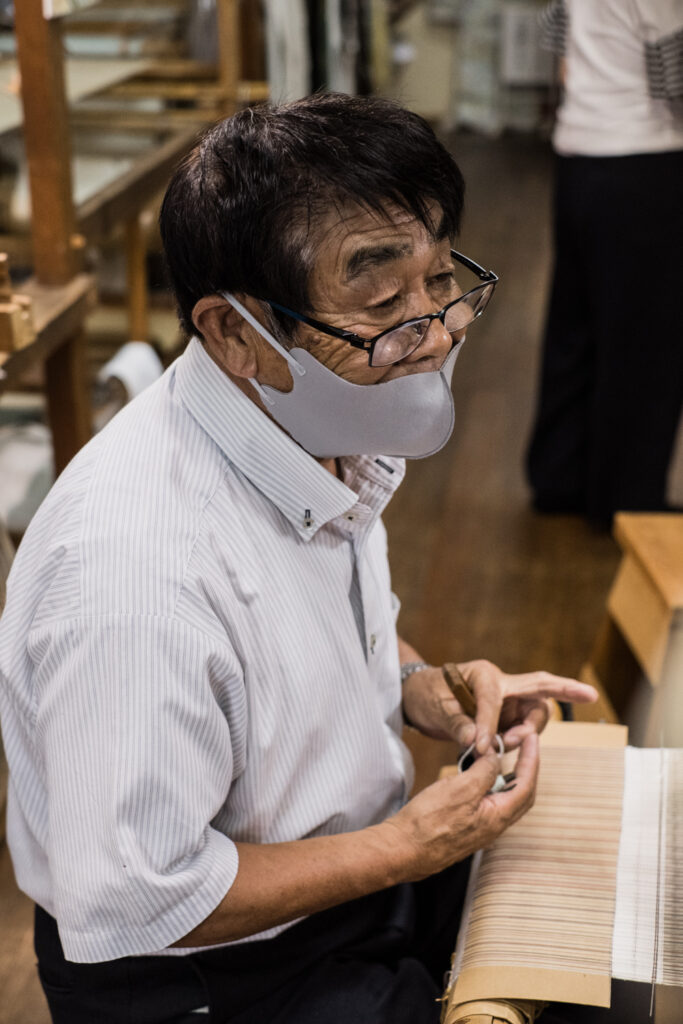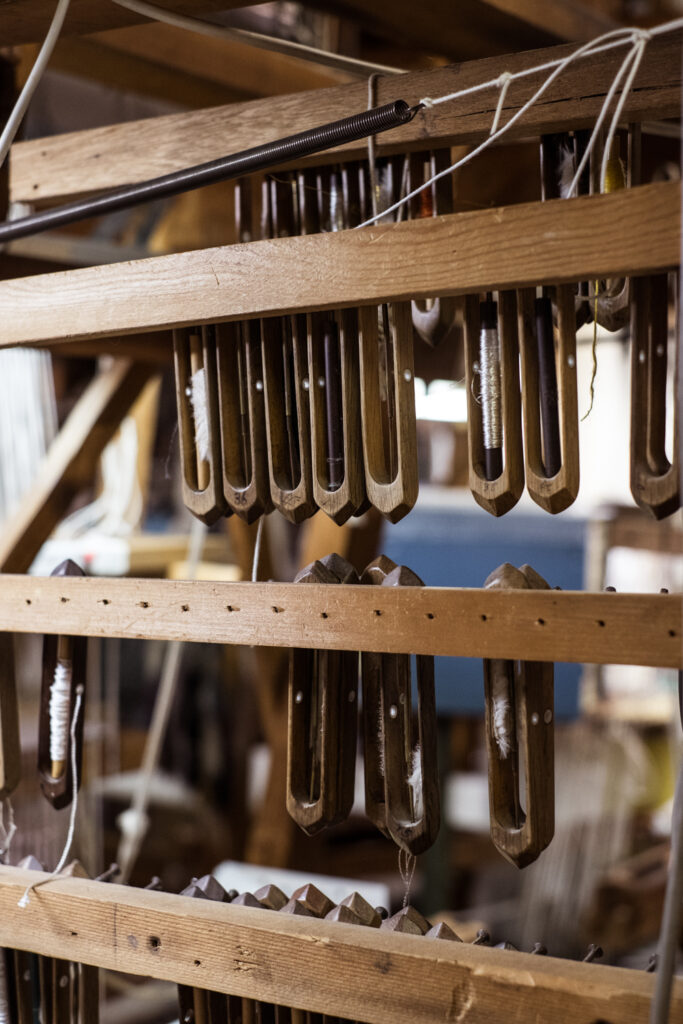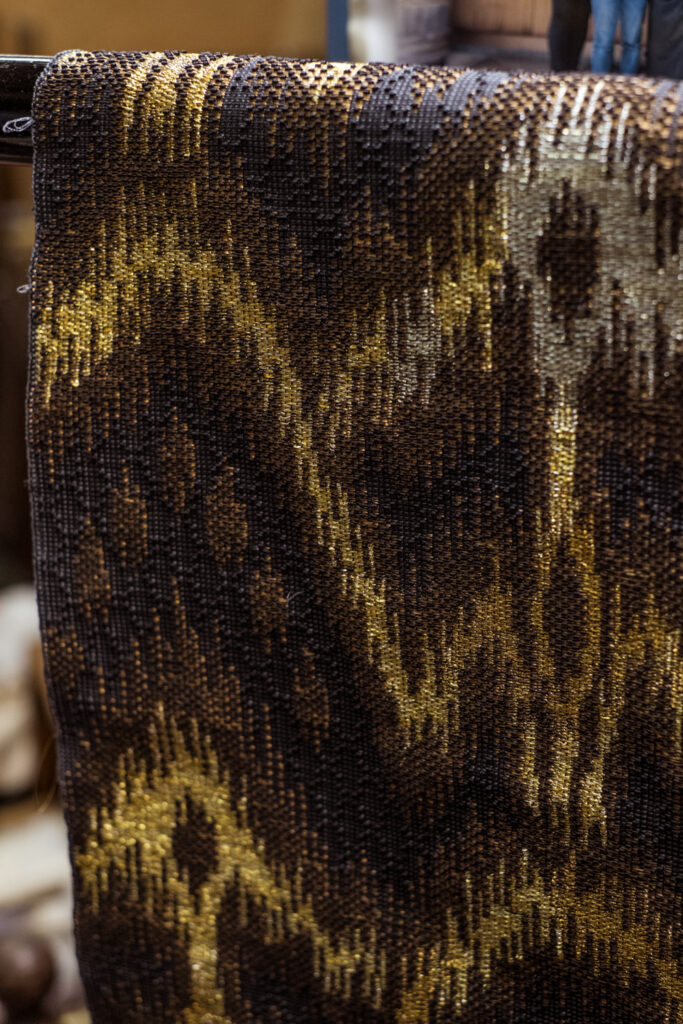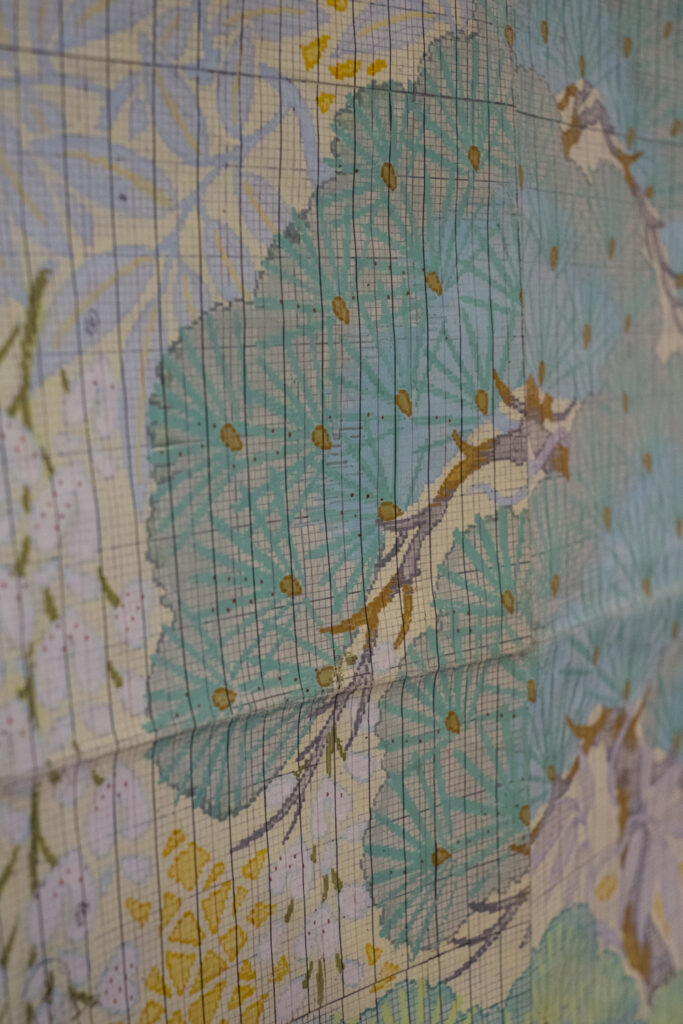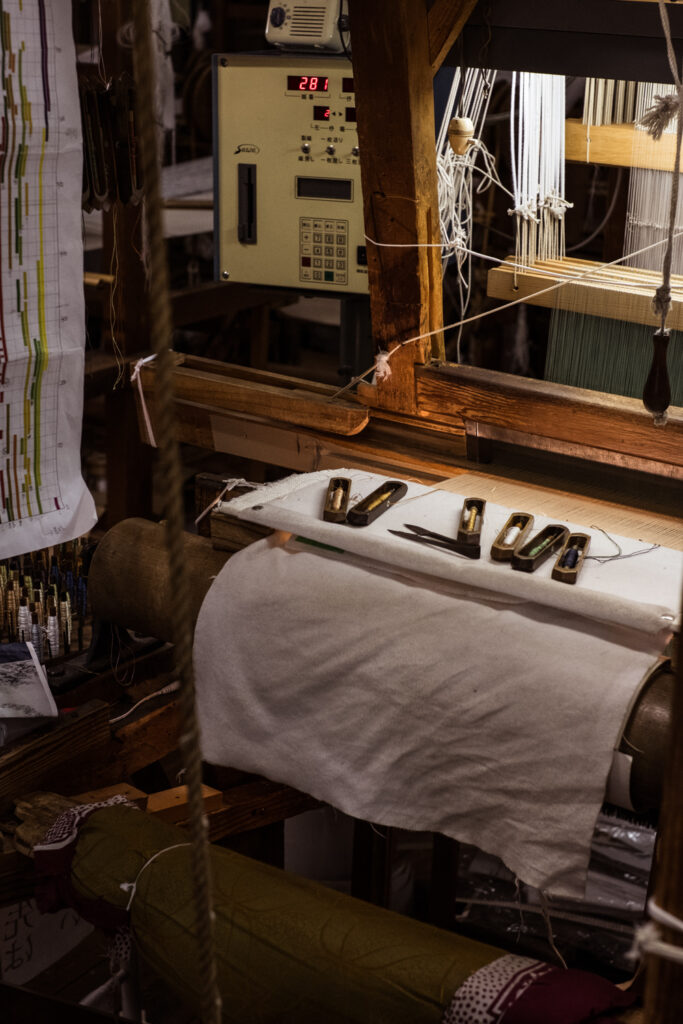Blog
Interview with Isao Tsuda, silk weaver extraordinaire
2022/09/20
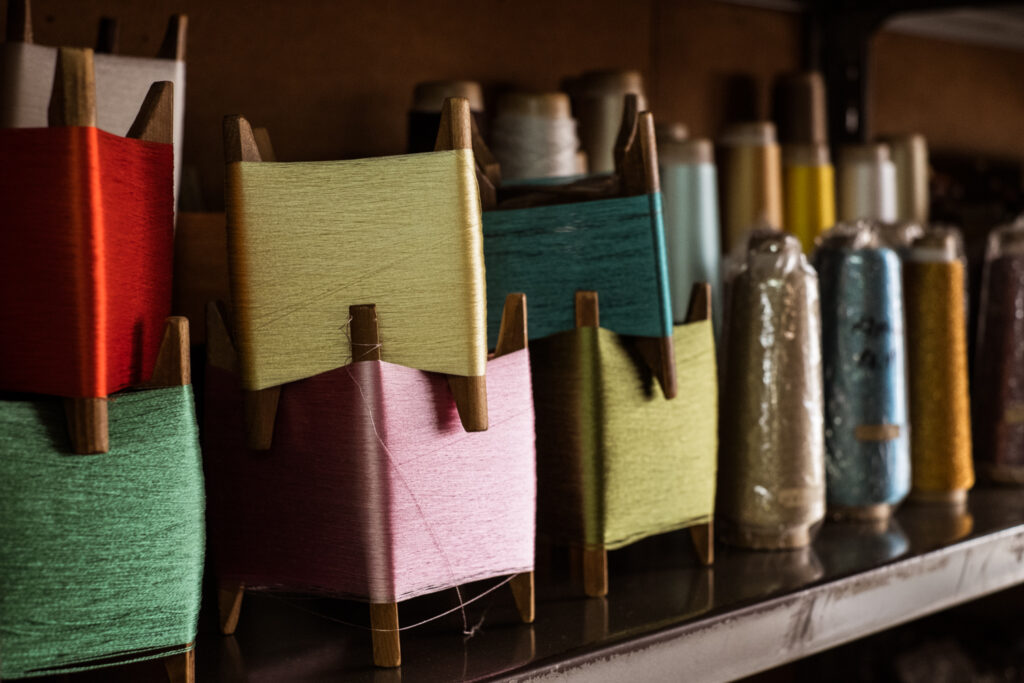
Hello Reader,
During our Nishijin textile weaving experience at Watabun, we were assisted by Isao Tsuda, a traditional master craftsman who has been working there for a half-century. We couldn’t resist asking him some questions about his job:
Please tell us a little about your background. What in your personal life has influenced you to choose your career?
I am from Ozu, Shikoku. One of my relatives was a yarn supplier for Watabun, and I heard that the company was hiring. I’ve been familiar with silk threads since I was a child and always had an admiration for silk fabrics, which I believe was also a motivation for me to join the company.
What was the biggest challenge that you encountered on your professional journey?
The most difficult task I ever had was restoring Noh costumes of the Kanze school. Since those costumes woven hundreds of years ago were heavily damaged and their colours were faded, it was very time-consuming to check the original colours by looking at the weave on the reverse side and to study the weave structure by unravelling the fabric.
What aspects of your work do you take pride in?
I believe that my role is like an anchor in a relay race.
Nishijin textiles are made with the division of labour, so I am the anchor, the weaver, who receives the baton given by the professionals in each field and does his part by weaving.
I feel a sense of joy and pride that surpasses the heavy responsibility of an anchor.
What are the sources of inspiration for your creative work?
I grow vegetables as a hobby, and when I see how they grow depending on how I take care of them (watering, fertilizing, etc.), I believe that weaving is the same in the sense that it is a way of making things. I think what is common to both is the need to put one’s heart and soul into it.
How have the events of the past couple of years affected your work and your industry?
The inability to go out and fewer opportunities to wear kimonos were extremely damaging to us manufacturers.
Since we could not sell our products, our production volume decreased and so did the number of days we had to work at the atelier.
The scariest part was not being able to work with my hands every day.
Please tell us why would you recommend your work/products to craft and design lovers. What positive impact they can make on people’s lives?
The obi sashes we make are easy to tie and do not wrinkle. To achieve this, we have been working hard on our weaving style and fabric texture. Good things, things made by human hands, have their own unique aura. I believe that acquiring and wearing them will give you self-confidence and pride.
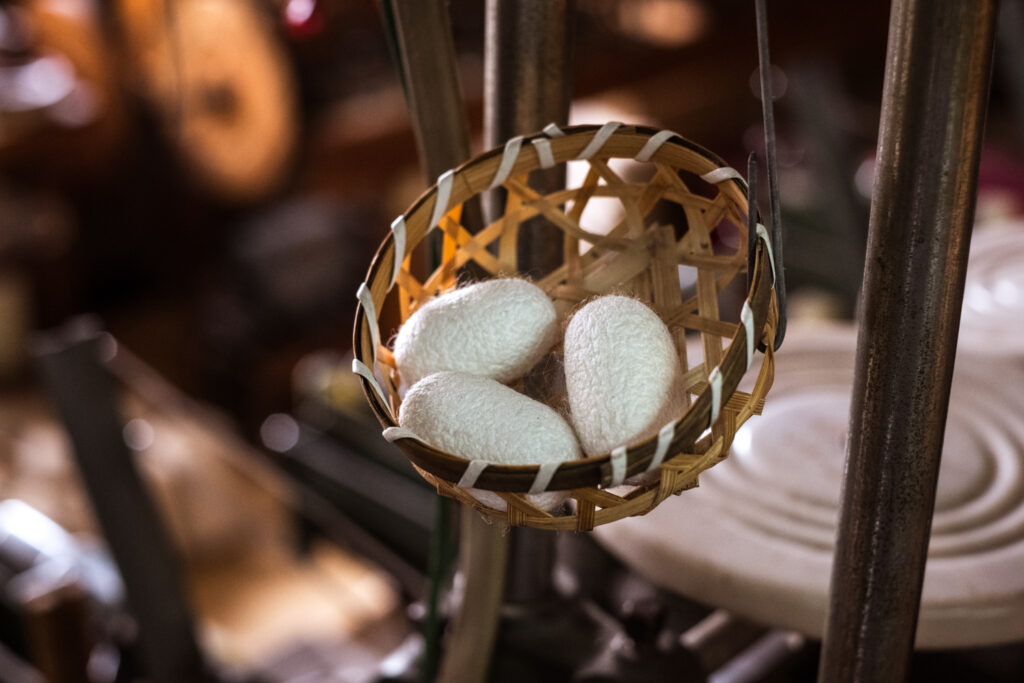
If you plan to visit Watabun and learn more about Kyoto Nishijin weaving culture, book your experience here: Watabun (Orinasukan)
Interview, translation & images by Anastasiya Bulkavets (ArigatoCreative.co)
